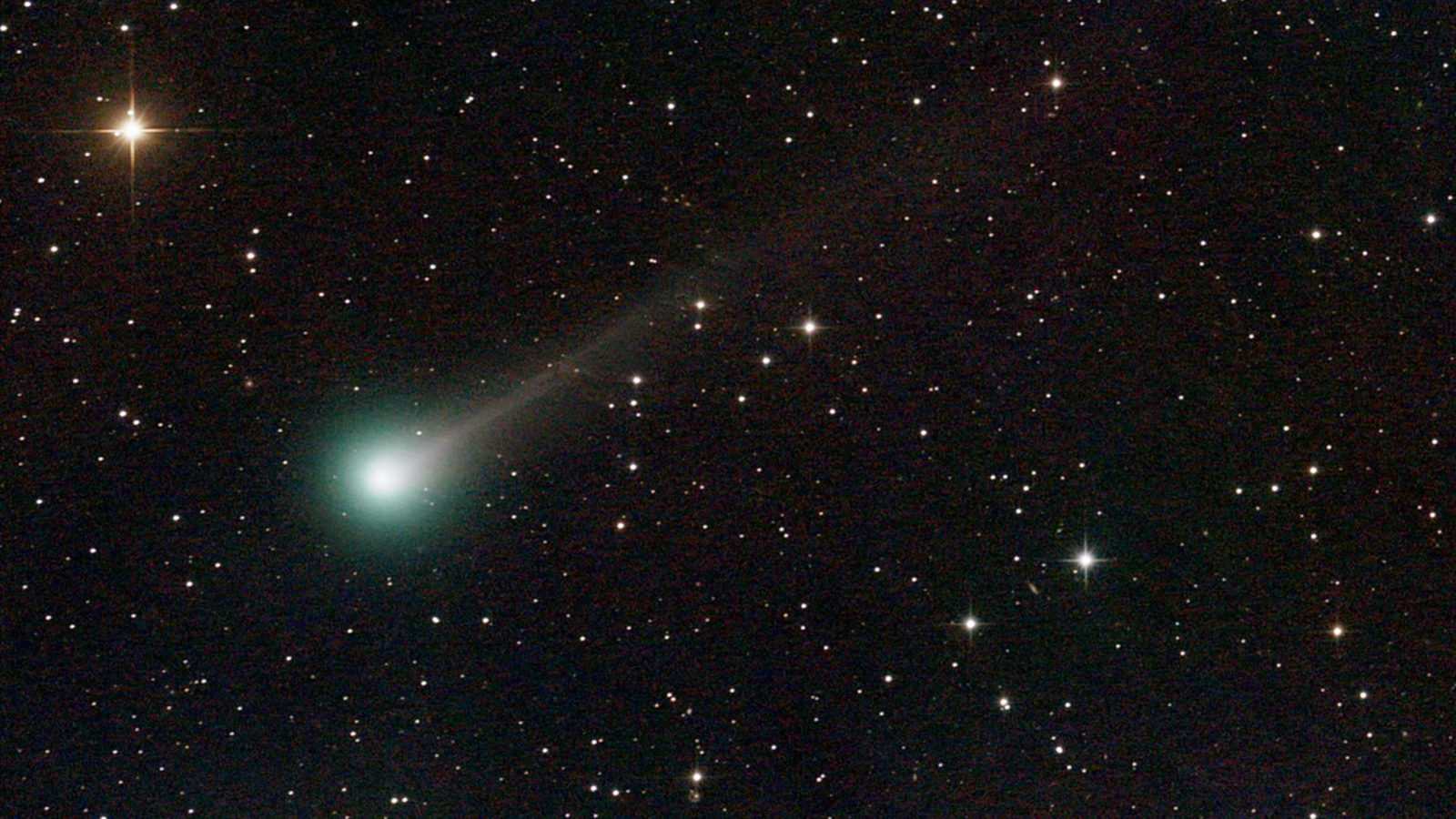Bats 'Taste' Prey Before Eating
How do bats know what they sense with echolocation is edible? They are able to 'taste' the chemical makeup of their prey before eating, to check that it isn't toxic, a new study indicates.
Bats use a combination of cues in their hunting sequence — capture, handling and consumption — to decide which prey to attack, catch and consume and which ones they are better off leaving alone or dropping mid-way through the hunt.
"Our study demonstrates that following initial assessment of prey, bats have the ability to use alternate sensory modalities to sequentially reassess prey at close range, and thus compensate for potentially deadly errors," the authors write in the study, published online May 17 in the journal Naturwissenschaften. "Our results bring to light the sequential, complex nature of prey assessment foraging strategies that may allow exploratory and flexible hunting behaviors."
The hunt goes like this: Eavesdropping bats first listen to their prey, then they assess its size, and finally they taste it. The bats' prey must first be of the right size and also edible.
Researchers studied 8 fringe-lipped bats, Trachops cirrhosus, on Barro Colorado Island in Panama. This species of bat feeds on a variety of prey including frogs. They investigated whether the bats update information about their prey to minimize potentially lethal errors.
They used the calls of a palatable species of frog to encourage the bats to approach prey frogs. Then they offered the bats a combination of unmanipulated prey and prey with toxins that are potentially lethal if ingested: The bats' preferred prey species (the týngara frog) and two poisonous toads (the large cane toad and the small leaf litter toad).
The calls elicited an attack response but as the bats approached, they used additional cues in a sequential manner to update what the knew about the prey's size and palatability.
Get the world’s most fascinating discoveries delivered straight to your inbox.
Both palatable and poisonous small frogs were captured, whereas large poisonous toads were approached but left alone. This suggests that the bats assessed the prey size at close range first and thus only captured those frogs and toads of appropriate size for them to handle.
Once the bats had captured their prey, they used chemical cues to make final, post-capture decisions about whether or not to consume the prey. Indeed, they dropped small, poisonous toads as well as palatable frogs coated in toad toxins either immediately or shortly after capture.
These findings suggest that the bats use echolocation and chemical cues obtained at close range to supplement information from long-range acoustic cues.
 Live Science Plus
Live Science Plus






